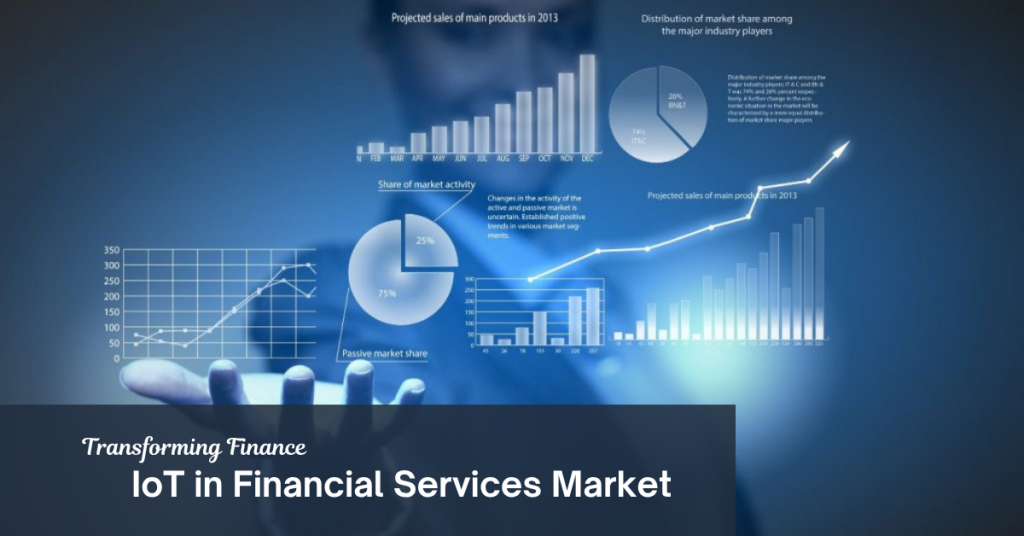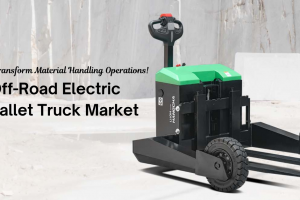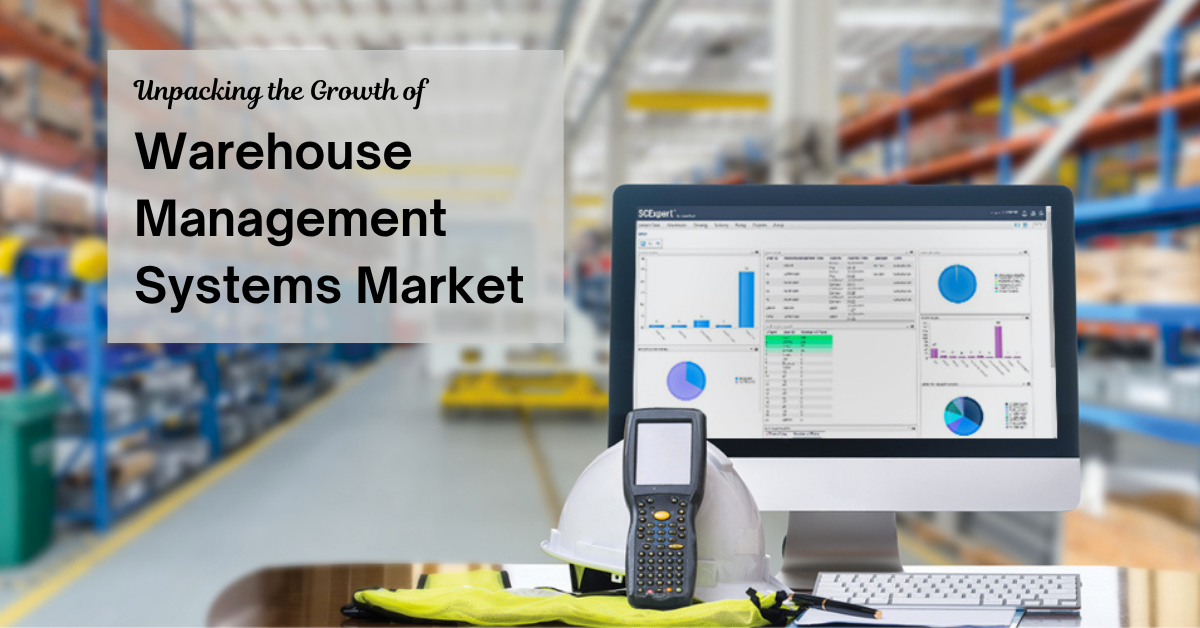
Market Overview
The IoT in Banking and Financial Services Market size was valued at USD 2,203 million in 2024 and is anticipated to reach USD 37,080.19 million by 2032, registering a staggering CAGR of 42.32% during the forecast period (2024–2032). The Internet of Things (IoT) is fundamentally transforming the financial services industry by enabling intelligent data-driven decisions, real-time customer engagement, and operational efficiency. The global push toward digital transformation in banking, insurance, and financial management has paved the way for widespread IoT adoption. Financial institutions are increasingly investing in connected devices and infrastructure to meet consumer expectations for faster, smarter, and more personalized services.
From wearable-driven insurance products to AI-powered kiosks in smart branches, the use of IoT has become synonymous with innovation in financial services. The technology empowers banks to gather real-time data, automate operations, enhance fraud detection, and deliver contextual experiences. As of 2024, the integration of IoT with cloud computing and artificial intelligence is accelerating, pushing the sector toward hyper-connectivity.
Simultaneously, rising fintech competition and evolving customer behaviors are compelling traditional players to adapt quickly. IoT is helping banks and insurers reimagine service delivery — from biometric ATMs to connected payment solutions in vehicles. Although the sector faces notable challenges around security, costs, and regulation, the long-term outlook remains highly positive. As infrastructure matures and 5G expands globally, IoT is poised to become an indispensable part of the financial ecosystem.
Get full insights: https://www.credenceresearch.com/report/iot-in-banking-and-financial-services-market
Market Drivers
Rise of Real-Time Banking Expectations
Customers now expect financial transactions to be processed instantly, and IoT enables real-time banking through seamless device connectivity. Whether it’s instant fund transfers or real-time loan approvals, IoT systems help banks process data at lightning speed. This immediacy has become a core differentiator in customer satisfaction. IoT sensors embedded in ATMs and POS terminals allow financial institutions to monitor availability and transaction volume live. Real-time alerts help resolve service interruptions proactively. As financial services continue to shift to a 24/7 model, IoT is the key enabler for always-on infrastructure. Institutions are also using IoT to send predictive maintenance alerts for banking hardware.
Increased Focus on Customer Retention
Customer loyalty in banking is no longer driven solely by interest rates or product variety. Institutions now use IoT to gather behavioral insights and offer hyper-personalized services. Smart devices like fitness trackers, home automation systems, and smartphones help banks better understand customer routines and spending habits. Banks are leveraging this data to create loyalty programs that reward specific behaviors. Personalized notifications and voice banking are further enhancing engagement. Institutions that proactively offer solutions based on real-time needs are seeing higher retention. IoT data enables predictive outreach before customers even realize a need. This shift toward proactive banking builds trust and long-term relationships.
Cost Reduction via Predictive Analytics
IoT allows institutions to forecast maintenance needs and reduce operational waste. By equipping ATMs, kiosks, and cash recycling machines with sensors, banks can schedule service visits only when needed. This cuts down on maintenance costs and machine downtime. Utility expenses are also lowered using IoT-powered energy management systems across branches. Staff scheduling can be optimized using footfall and peak-time insights from IoT devices. Predictive analytics also reduce fraud-related expenses by flagging unusual activity early. Over time, these cost savings significantly improve profit margins. Financial institutions now consider IoT integration a key pillar in achieving lean operations.
Evolution of Contactless and Remote Banking
IoT has made remote banking more immersive and secure. Voice-activated assistants, smartwatches, and biometric sensors are enabling secure, contactless transactions. The COVID-19 pandemic accelerated the adoption of remote services, and IoT played a vital role in ensuring service continuity. Today, customers use smart speakers for balance inquiries or to pay bills. Biometric ATMs and contactless debit cards provide added convenience and security. Banks are now building their IoT ecosystems to support wearable payments and facial recognition logins. These advancements reduce friction and expand access for people who prefer digital-first banking experiences. It’s transforming how customers interact with their banks daily.
Market Challenges
Device Vulnerability and Endpoint Security Risks
Every IoT endpoint is a potential entry point for cyberattacks. Financial institutions rely on vast networks of connected devices, making them prime targets for hackers. From smart cameras in branches to wearable-linked apps, each device must be secured rigorously. However, many IoT devices lack robust firmware protections or frequent updates. Malicious actors can exploit weak authentication protocols to gain unauthorized access. Implementing standardized security policies across device types is complex and expensive. Failure to address these vulnerabilities not only leads to breaches but also regulatory penalties. Institutions must adopt layered, zero-trust architectures to protect their IoT networks.
Data Overload and Processing Challenges
IoT devices generate massive volumes of real-time data, and processing it efficiently is a challenge. Without robust data analytics infrastructure, financial institutions may fail to derive meaningful insights. Traditional systems struggle to manage unstructured data from diverse sources such as biometric inputs, smart sensors, and location trackers. High-frequency data ingestion can overwhelm storage systems. Real-time analysis also demands high-speed processors and advanced AI tools. Inadequate data filtering leads to noise and false positives. Institutions are now investing in edge computing to process data closer to its source. Yet, achieving consistent data quality and latency control remains a challenge.
Talent Gap in IoT and AI Skillsets
The financial sector faces a shortage of professionals skilled in IoT deployment, security, and analytics. Most banks have legacy teams with limited exposure to connected devices and cloud-native tools. Hiring and retaining experts who understand both financial operations and IoT architecture is difficult. The lack of internal expertise delays implementation and increases outsourcing dependency. Upskilling current staff takes time and resources. Even when companies adopt IoT, improper handling of data analytics reduces its value. The success of IoT in banking depends heavily on nurturing interdisciplinary talent that blends finance, cybersecurity, and tech proficiency.
High Latency in Regulatory Approval
Even when financial institutions are ready to launch IoT-based services, regulatory delays can stall execution. New products involving data collection, AI decisions, or biometric access must go through intense scrutiny. Each country has its own rules, creating compliance friction for global players. Slow approval cycles restrict time-to-market advantages. Regulators are still adapting to the pace of IoT innovation. There’s limited clarity on standards, especially for newer devices or applications. Institutions often need to maintain parallel systems to satisfy diverse legal requirements. This slows innovation and adds to operational complexity, impacting return on investment.
Market Opportunity
Expansion of AI-Driven Robo-Advisory Services
IoT data feeds directly into robo-advisors to offer real-time, personalized financial planning. Users’ spending habits, savings behavior, and health data collected via smart devices allow algorithms to create highly customized investment plans. The opportunity lies in targeting millennials and Gen Z, who prefer self-directed digital tools over human advisors. IoT-enabled robo-advisors can trigger alerts based on lifestyle changes—for instance, suggesting emergency funds after frequent health device readings. As more customers demand intuitive tools for budgeting and saving, banks can scale AI-backed advisors across mobile apps and wearables. This helps broaden reach and improve financial literacy.
Insurance Innovation Through IoT Telematics
Insurtech firms are leveraging IoT to build dynamic, usage-based insurance models. Telematics devices in vehicles allow auto insurers to charge premiums based on driving behavior. Similarly, wearables track physical activity to reward customers with lower health insurance rates. The opportunity lies in bundling these services with banking apps, offering users an integrated financial and insurance dashboard. Banks can partner with IoT vendors to offer co-branded products. This also allows insurers to reduce claim fraud and improve underwriting precision. IoT-powered insurance enhances customer satisfaction by creating fairness and transparency in premium calculation.
Integration with Smart Homes and Connected Cars
Banks can embed financial tools into smart home ecosystems and connected vehicles. For example, users can pay bills through smart speakers or receive mortgage rate updates via smart TVs. In connected cars, drivers can authorize fuel payments or toll deductions using in-dash banking systems. The opportunity lies in embedding financial services into daily life touchpoints. This reduces app dependency and elevates customer engagement. Banks that offer APIs for seamless integration with home and vehicle ecosystems gain an edge. As smart living grows, financial services will become invisible but omnipresent—driven by IoT.
IoT-Enabled ESG Monitoring and Green Finance
Environmental, Social, and Governance (ESG) compliance is now a strategic priority for financial institutions. IoT helps banks monitor ESG-related data in real time—for example, tracking carbon output of financed businesses or energy usage in real estate portfolios. This allows banks to issue green loans or offer ESG-based investment portfolios confidently. Customers can also monitor their personal carbon footprint through banking apps integrated with home energy IoT devices. As demand for sustainable finance increases, IoT offers a scalable way to deliver measurable impact. Institutions embracing green tech will attract environmentally conscious investors and regulators alike.
Market Segmentation
By Component
- Hardware
- Software
- Services
By Deployment
- On-Premise
- Cloud-Based
By Solution
- Customer Management
- Security and Surveillance
- Asset Management
- Data Management
- Others
By End-Use
- Banks
- Insurance Companies
- Credit Unions
- Investment Firms
- Others
By Geography
North America
- U.S.
- Canada
- Mexico
Europe
- UK
- France
- Germany
- Italy
- Spain
- Russia
- Belgium
- Netherlands
- Austria
- Sweden
- Poland
- Denmark
- Switzerland
- Rest of Europe
Asia Pacific
- China
- Japan
- South Korea
- India
- Australia
- Thailand
- Indonesia
- Vietnam
- Malaysia
- Philippines
- Taiwan
- Rest of Asia Pacific
Latin America
- Brazil
- Argentina
- Peru
- Chile
- Colombia
- Rest of Latin America
Middle East & Africa
- GCC Countries
- South Africa
- Rest of the Middle East and Africa
Regional Analysis
North America
North America leads with high IoT penetration in banking, driven by strong cloud infrastructure and AI adoption. The U.S. is pioneering voice-enabled banking and autonomous financial tools. Canadian institutions are pushing IoT in compliance reporting and digital KYC. Banks are also embedding IoT into wealth management platforms. Real-time fraud analytics tools are widely used across the region. The North American market benefits from venture capital backing and high user readiness. Collaborations with fintech startups are further accelerating IoT innovation in banking.
Europe
Europe’s focus on data ethics and digital sovereignty influences IoT adoption in finance. Germany and the UK are advancing smart branch automation, while France explores IoT in open banking. Nordic countries are implementing connected wealth monitoring tools and remote identity verification systems. EU regulations on digital identity and consent management are shaping IoT use cases. Fintech clusters in Amsterdam and Berlin are driving innovation. European banks are increasingly deploying IoT to comply with ESG mandates and automate compliance. This strengthens trust and market positioning.
Asia Pacific
Asia Pacific is a hotbed for IoT innovation in banking, led by China’s smart city initiatives and India’s fintech surge. IoT helps deliver banking to unbanked rural areas through biometric ATMs and solar-powered mobile branches. South Korea and Japan are integrating IoT with super apps and payment gateways. Real-time transaction analytics is becoming standard. With rising smartphone penetration and 5G rollouts, APAC is poised for exponential IoT banking growth. Fintech unicorns in Singapore and Indonesia are experimenting with embedded finance in IoT ecosystems.
Latin America
Latin American banks are using IoT to address financial inclusion challenges and combat fraud. Brazil leads with mobile POS devices and facial recognition-based credit verification. Mexico is exploring voice-led banking for low-literacy populations. IoT devices assist with real-time credit scoring and agent tracking in microfinance. Government initiatives are pushing rural digitization, opening up massive potential for IoT-based solutions. Fintechs are bridging gaps where traditional banking is inaccessible. As connectivity improves, the region’s IoT potential continues to grow.
Middle East & Africa
IoT in the Middle East is closely tied to national transformation goals like Saudi Vision 2030 and UAE’s AI strategy. Banks are adopting IoT for remote onboarding, digital ID verification, and smart ATMs. Africa is leveraging mobile-first IoT models to power village-level financial services. In countries like Kenya, IoT-powered solar lending is becoming mainstream. Regional innovation hubs in Nigeria and South Africa are fostering IoT fintech startups. The region benefits from high mobile wallet penetration and low infrastructure costs, ideal for IoT-based financial service expansion.
Top Companies
- SAP SE
- IBM Corporation
- Vodafone Group
- Capgemini SE
- Microsoft Corporation
- Accenture PLC
- Oracle Corporation
- Cisco Systems, Inc.
- HCLTech Ltd.
- Software AG
Future Outlook
- IoT integration in banking is expected to deepen with AI and blockchain, creating fully autonomous financial ecosystems.
- Financial institutions will increase investment in wearables and biometrics to enhance customer onboarding and identity verification.
- Real-time transaction tracking using smart sensors will significantly reduce fraud and human errors.
- Banks will transform branches into experience centers using IoT-enabled customer behavior analytics.
- Insurance companies will use vehicle and health IoT data for dynamic, usage-based policy pricing.
- IoT will play a central role in ESG tracking for financial institutions aligned with sustainability goals.
- Growth in cloud-based IoT platforms will enable scalable, cost-effective deployments across regions.
- 5G connectivity will boost IoT deployment speed, enhancing low-latency financial services.
- RegTech powered by IoT will simplify compliance reporting and real-time audit processes.
- Cross-industry collaborations between banks and tech providers will accelerate IoT innovation globally.
Get full insights: https://www.credenceresearch.com/report/iot-in-banking-and-financial-services-market










